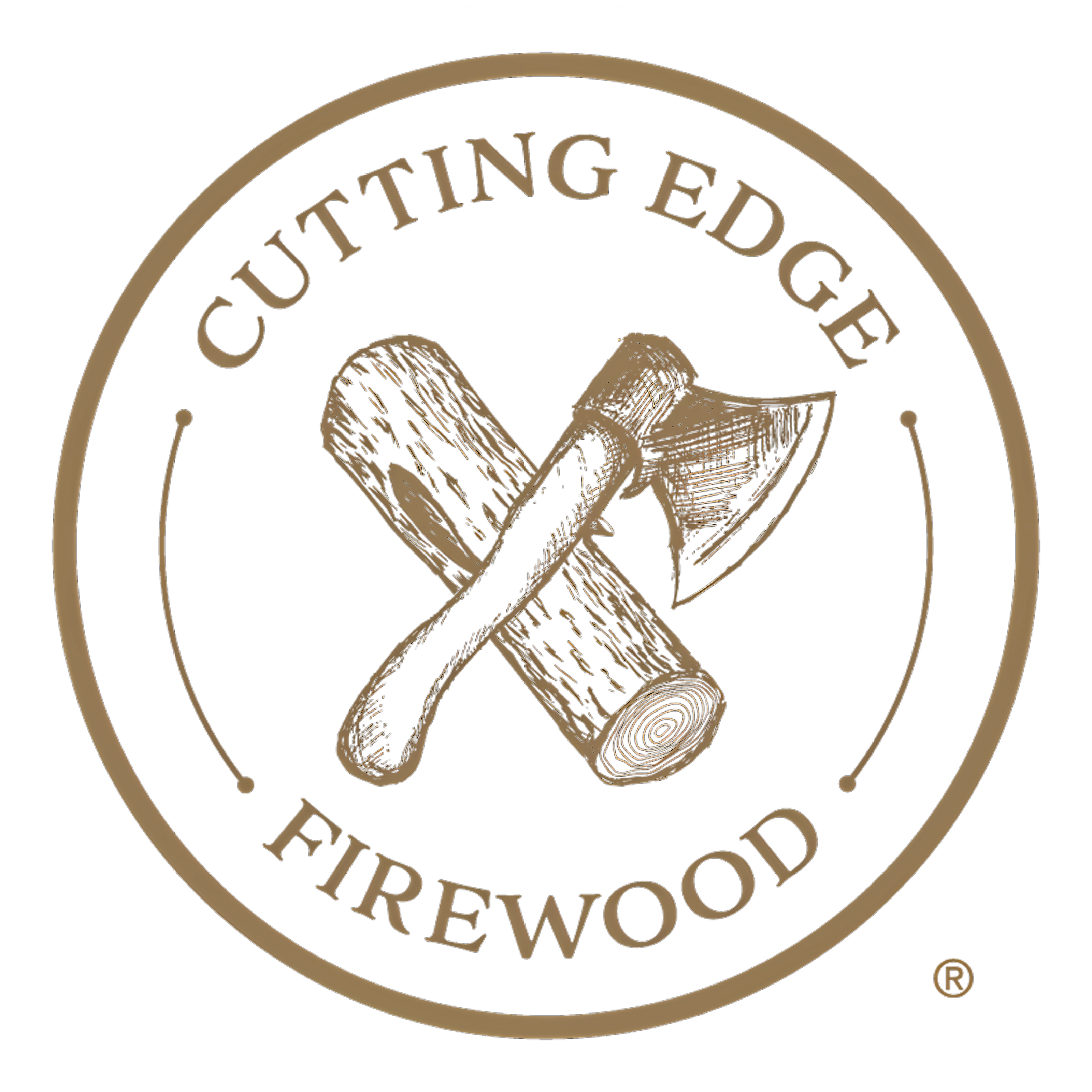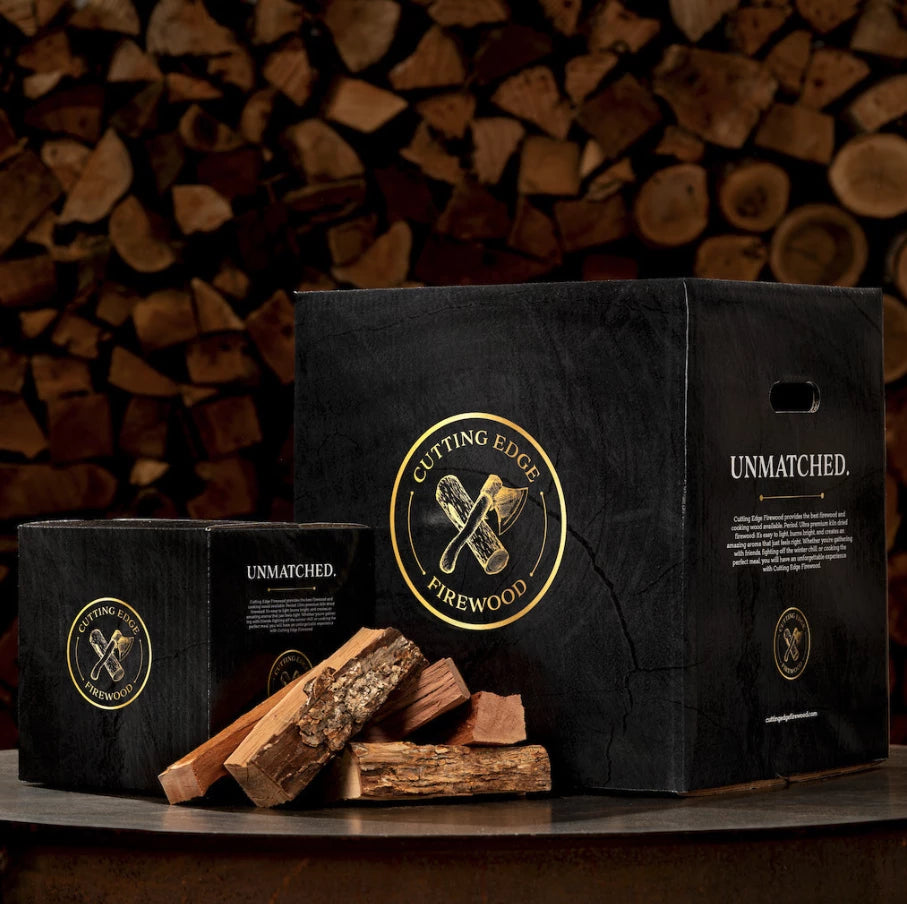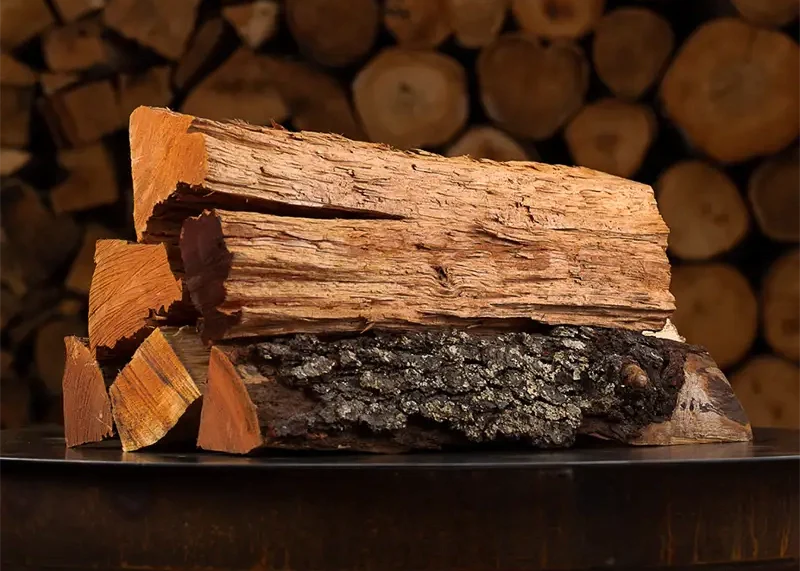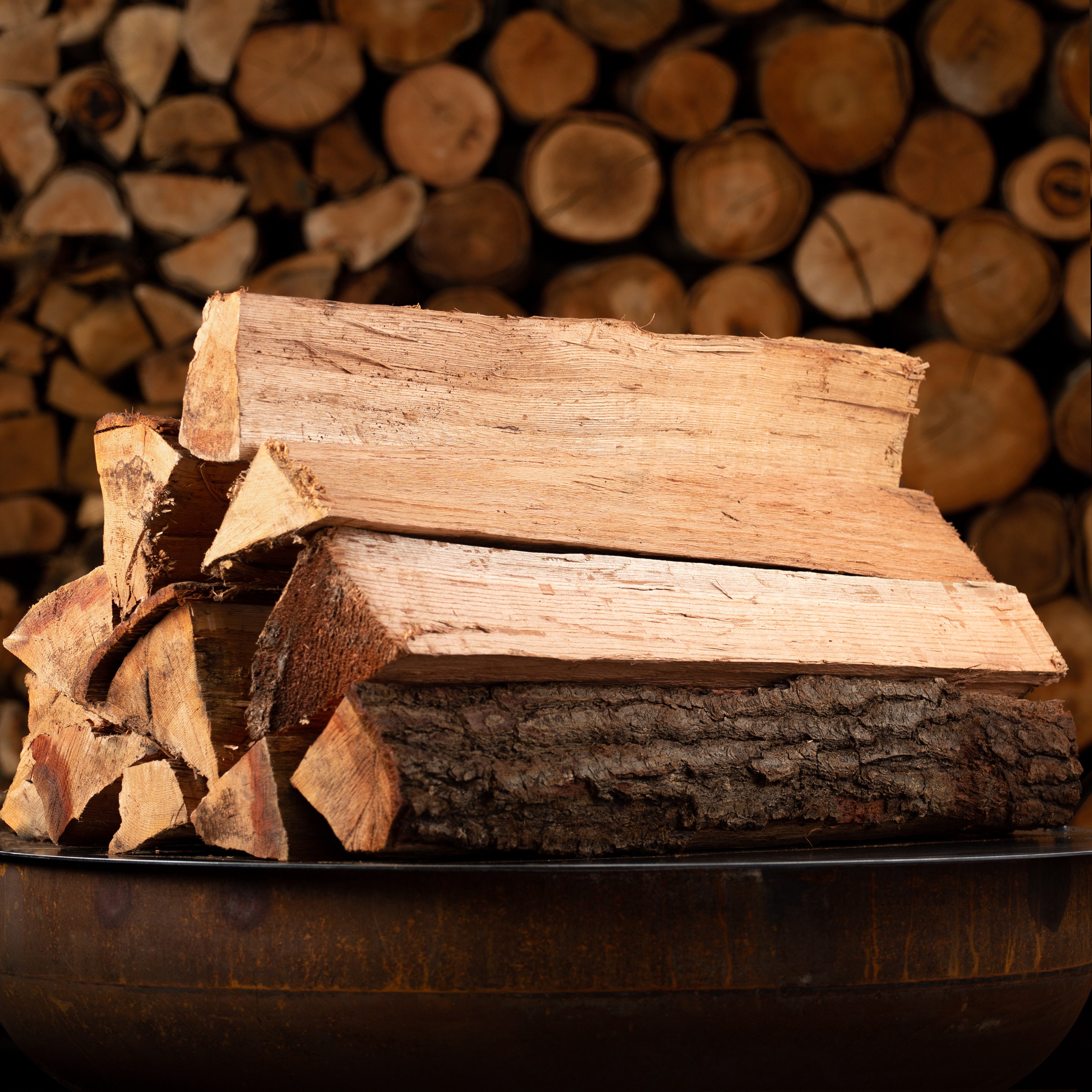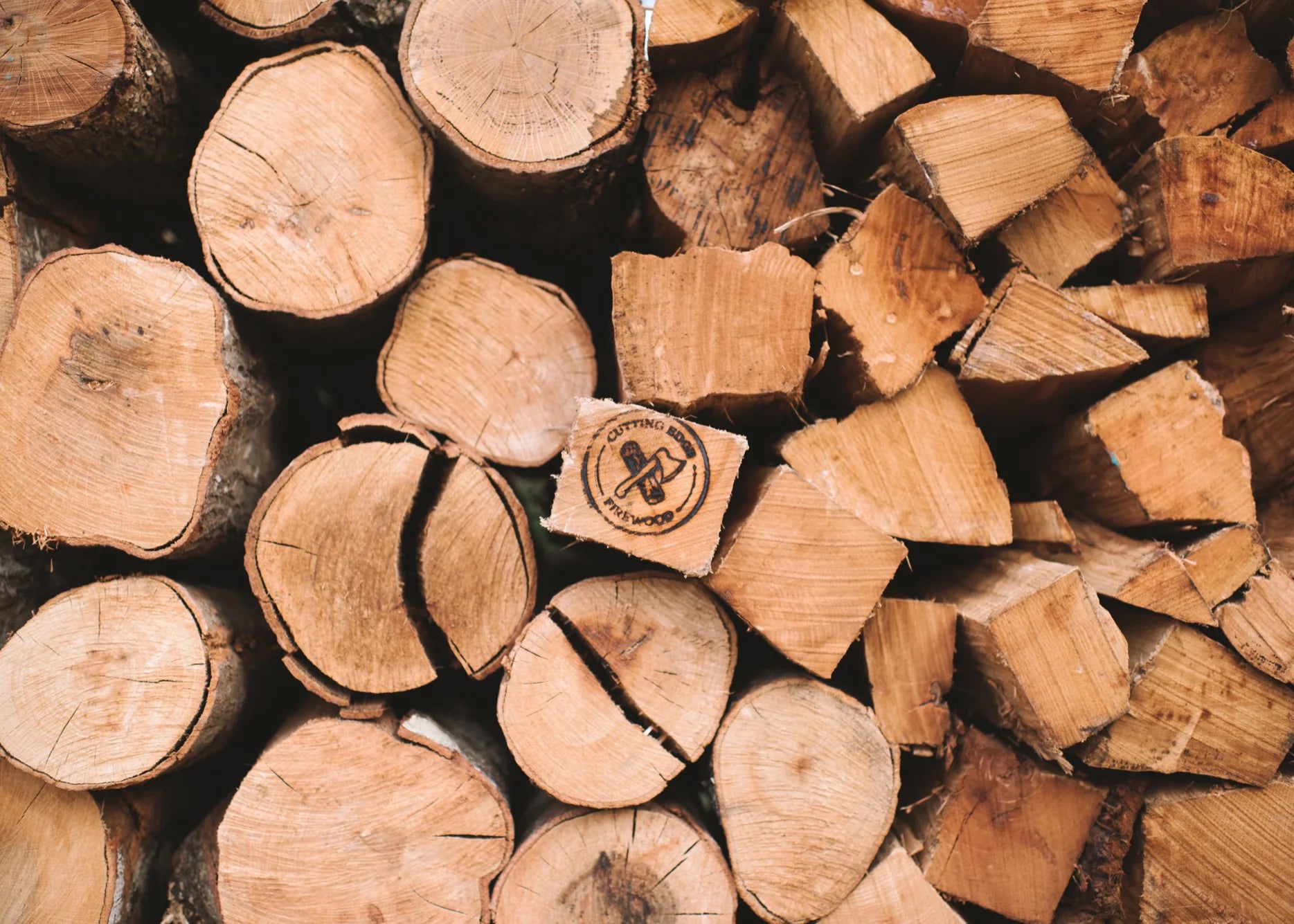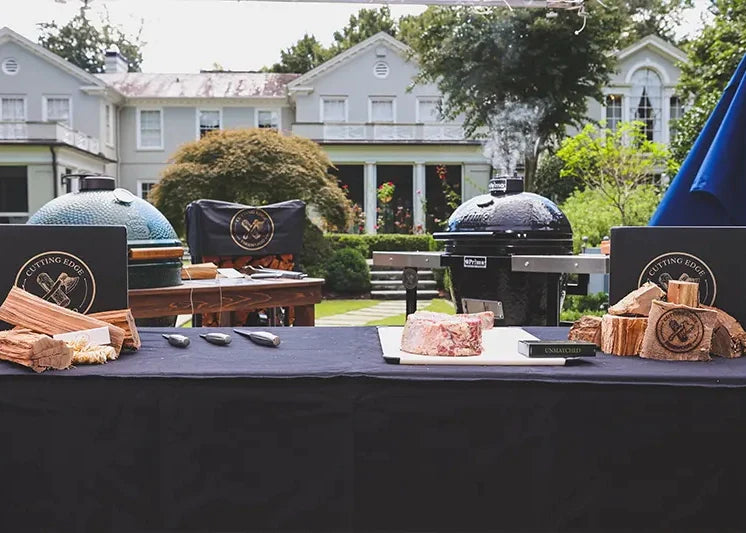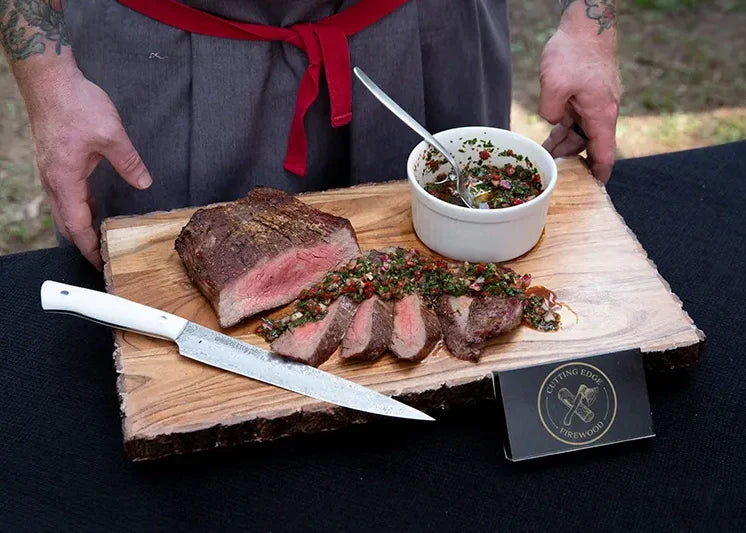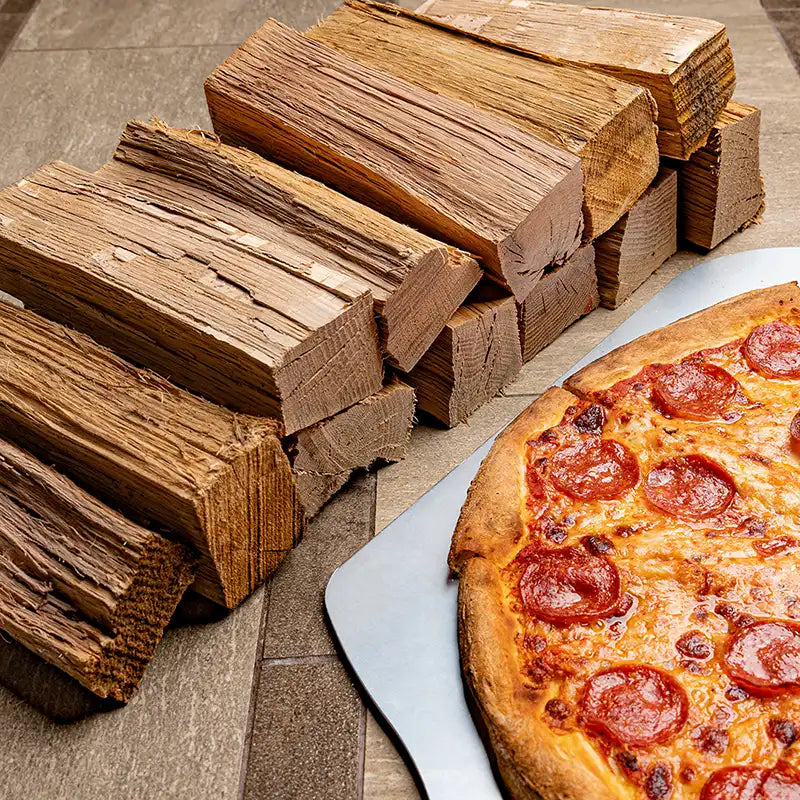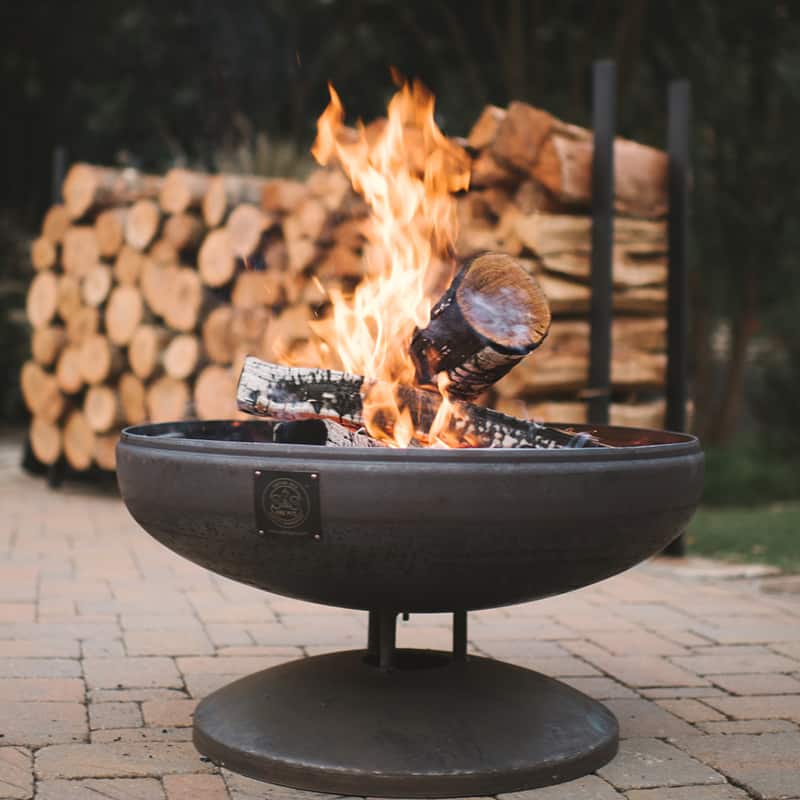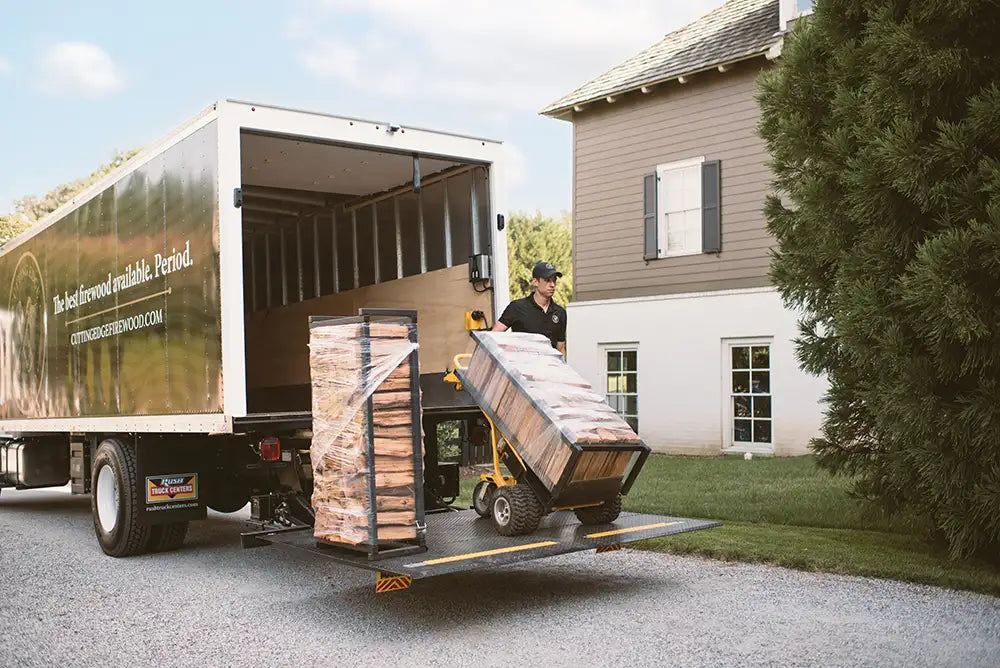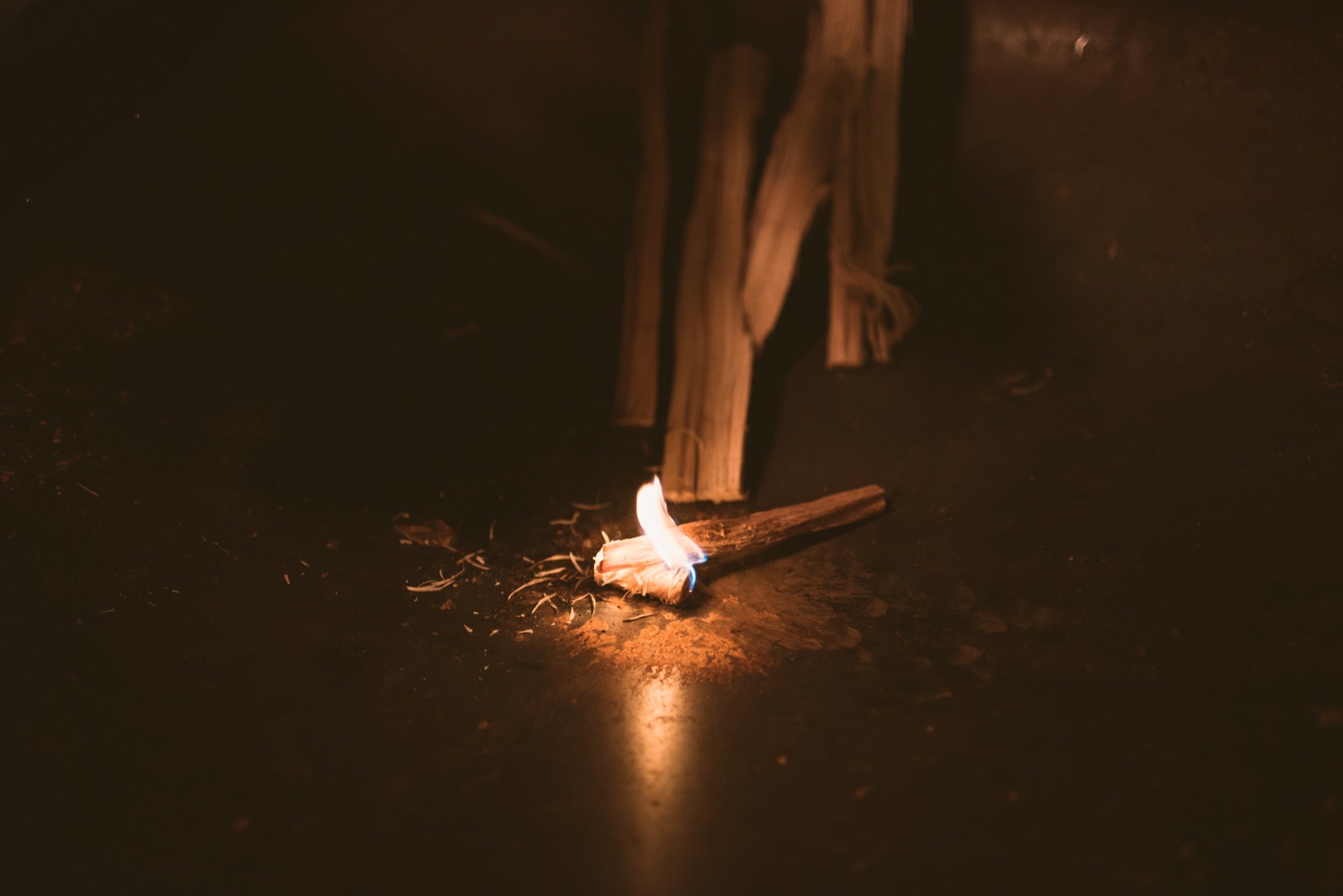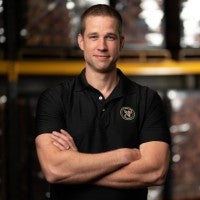To successfully start a fire, whether indoors or outdoors, you need three things: tinder, kindling, and firewood.
- Tinder (sometimes called a fire starter): This is the initial ignition source, which burns hot and quickly, igniting the kindling.
- Kindling: Small sticks or wood that catch quickly and burn long enough to light the firewood.
- Firewood: The main source of fuel for the life of the fire, typically larger pieces of dried and split wood.
Common Tinder Options for Starting a Fire Quickly and Efficiently
Crumpled newspaper is one of the most common items used for tinder, but it can also be a dangerous option as bits of burning paper can float up and out of an uncapped chimney, or away from your firepit, putting your roof, nearby structures, or even local forests at risk of fire (seriously, it happens every year!). In addition it is a poor tinder, as it doesn’t burn hot and it creates an overabundance of ash.
Using lint from clothes driers for tinder is also a popular option, often placed in paper egg-carton sections and held in place with paraffin or wax. However, it’s a messy and time-consuming process and can lead to serious accidental burns when pouring the melted paraffin. This tinder also creates too much ash.
Commercial fire starters are available at most outdoor and home supply stores. There are many brands to choose from and most contain some form of wood, either small chips or wood dust, sealed together with a wax binder. Many of these, however, list “additional components” which can include chemical accelerants that can be both physically and environmentally dangerous.
What NOT to Use
Due to both health and safety concerns, there are several “fire starters” that should never be used in the lighting of a fire:
Colored Paper, Glossy Coated Paper, or Magazines
While pretty to look at, the inks and chemical pigments used to produce these pages are loaded with dangerous toxins that, when burned, turn the smoke and fumes of the fire toxic as well, creating a serious health risk, especially to anyone with pre-existing breathing conditions.
Also, like newspapers, they can present a fire hazard with bits of burning paper being dispersed on the slightest breeze.
Evergreen Twigs or Needles:
Unlike hardwoods, evergreen woods (firs, pines, etc.,) contain very high concentrates of highly flammable resin. These resins burn extremely fast, making twigs and needles from evergreens a poor choice for tinder, as they tend to burn up before your kindling has a chance to ignite.
Burning evergreen in any form in large amounts, be it for tinder, kindling, or firewood is an especially poor choice for indoor fires, as a byproduct of burning resin is creosote, which, which will coat the insides of a chimney or stovepipe, with a sticky, tar-like goo that can cause dangerous chimney and roof fires.
This type of wood also produces a thick, acrid smoke that is extremely unpleasant.
“Burnable” Trash
First of all, no trash should be considered a burnable.
Most products, from mail to food containers, even on-plastic ones, contain chemicals that will produce hazardous fumes while burning. Some contain dioxins (a byproduct of paper bleaching), as well, which not only increases the dangers of respiratory illnesses and damage to internal organs but is also a carcinogenic and a serious environmental pollutant.
Much like evergreen, most trash will create an unpleasant smudge fire that sends friends and family running.
Gas or Lighter Fluid:
No gasoline, lighter fluid, or any petroleum-based product should ever be used as a wood fire accelerant. Not only do they burn too quickly to allow tinder to ignite properly, but because it is the gasses fumes (and not the liquid itself) that catches fire, using or storing these liquids anywhere near an open flame can result in explosions, uncontrolled property fires, forest fires, and fatalities.
Even when “controlled” the excess heat from a gasoline fire can damage fireplaces, chimneys, and stovepipes.
Also, both petroleum and methanol-based accelerates produce toxic fumes when burned.
Go All Natural
Your best bet, when it comes to starting a safe, healthy fire, your best bet is to stick with fire starter packages consisting of all-natural, kiln-dried components. These natural components (tinder, kindling, and matches) typically result in a fire that’s much faster and much easier to start, and more pleasant to be around.
They also produce less particulate emissions and carbon dioxide than the methods listed above, making them safer for both your family and the environment.
Here’s what you get with the Cutting Edge Fire Starter Package:
- Enough hardwood kindling to start up to 20 roaring fires
- Excelsior fire starters
- Heart pine bundle
- Premium cigar-length wood matches
We also carry aromatic hickory wood fire starter packages, as well as packages specifically designed for starting cooking fires.
Our firewood is designed to light easier than any other firewood available. Especially when paired with one of our Cutting Edge Fire Starters.
Watch our video to see just how easy it is to start a fire the Cutting Edge way – one match is all you need!
